Assessment System & Advanced Courses for Health Professionals
Assessment System & Advanced Courses for Health Professionals
Assessment System & Advanced Courses for Health Professional
The ONLY Live, Online, Fully-Mentored Course for Nutritionists, Herbalists, Naturopaths, Nurse Practitioners, Holistic Nurses, Chiropractors, Osteopaths, Dental Hygienists, License Massage Therapists (you get the idea) Who Want to Streamline Their Clinical Work Without Sacrificing Client Care
Dynamic Iridology Assessment System
for Health
Professionals
...So you can stop working unpaid overtime to develop client programs, stop overwhelming your clients with un-doable programs & create programs that will increase client compliance, success & long term retention.
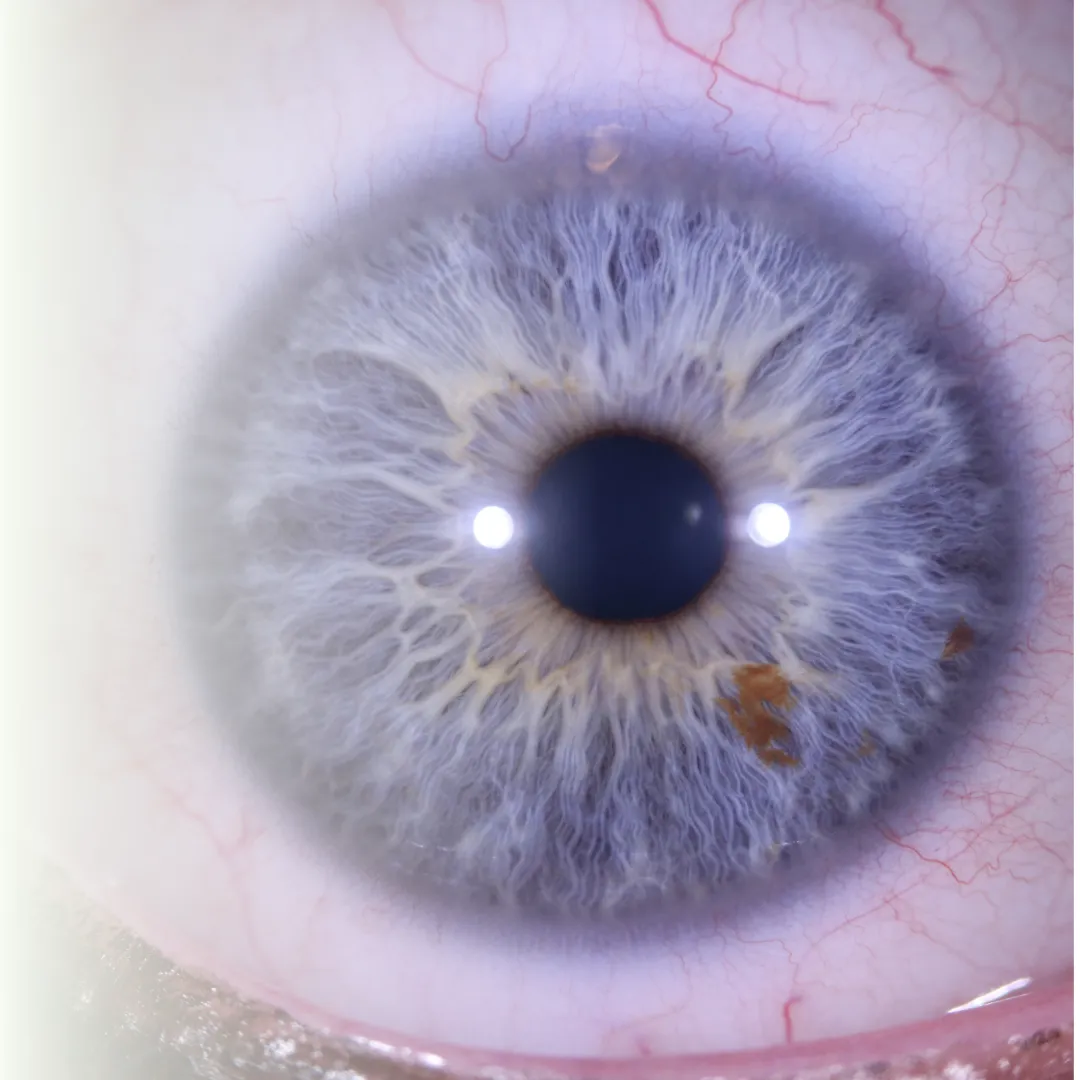
What is Iridology And
how is Iridology used with holistic health?
The eyes have long been called the windows to a person’s soul. A better analogy might be the eyes are the windows to a person’s well-being. When an Iridologist examines your irises they are able to understand your inherent (genetic) strengths and weaknesses. Combining this information with your current symptoms, diet, and lifestyle provides insight as to why imbalances are currently happening and what kinds of imbalances may happen in the future. The body is a system and learning to read the many signals it gives concerning the state of your health is one of the primary goals of natural or holistic medicine.

'WHAT IS IRIDOLOGY' IS A QUESTION NEW CLIENTS AND HOLISTIC PRACTITIONER STUDENTS OFTEN ASK.
The Eyes Tell A Story
Iridology is the study of the iris (the colored part) of the eye. While references are made to iris analysis dating back to ancient Babylon, modern iridology began to come to the forefront in the 1800s. Dr. Ignatz Von Peczley, a Hungarian doctor, created the first iris map. Iridology is now widely used by medical doctors in Germany, Italy, Greece and Russia as an assessment tool. It is used even more widely by natural wellness practitioners, herbalists, nutritionists, homeopaths, chiropractors, naturopaths, and massage therapists.
Over the past nearly 200 years, many iridology researchers, practitioners, and teachers have published and taught their findings to answer the question ‘what is iridology’. In the past few decades especially, with the aid of technology, modern iridologists have found ways to expand on earlier iridology teachings and discoveries, dispelling myths and many bad practices while building a well-researched, scientifically validating base of knowledge and understanding.
What Can Iridology detect?
Initially, iridology was thought to reveal information about the physical body only. With time, careful study, and analysis of data, we now understand that the iris exposes genetic predispositions for physical health traits and patterns as well as emotional traits and patterns. We also understand that iridology is not a diagnostic tool. It does not give us disease names.
WHAT CAN IRIDOLOGY TELL US?
Windows To Better Health
By looking at the iris and understanding the meaning of colors, fiber patterns, and other markings, we begin to understand where and what the inherited physical and emotional strengths and weaknesses are. When we combine this with what we know about the client’s nutritional status, stressors, thought patterns and interpersonal relationships, we begin to understand his/her health or disease predispositions. This leads to deeper insight of which natural options for change will be more effective for him/her.
Knowing a person’s genetic strengths means we can use natural means to sustain their strengths. Knowing a person’s weaknesses means we can take steps with food, supplements, lifestyle, stress management, and more to protect the weak areas from breaking down further. A person certainly may be able to avoid some of the health problems of his parents and grandparents when he understands how his body is programmed and what he can do to improve the programming.
As a practitioner of iridology, whether professionally or for your own family, you will be able to have a huge impact by educating people about their own constitutions. This is the power of what iridology can reveal.
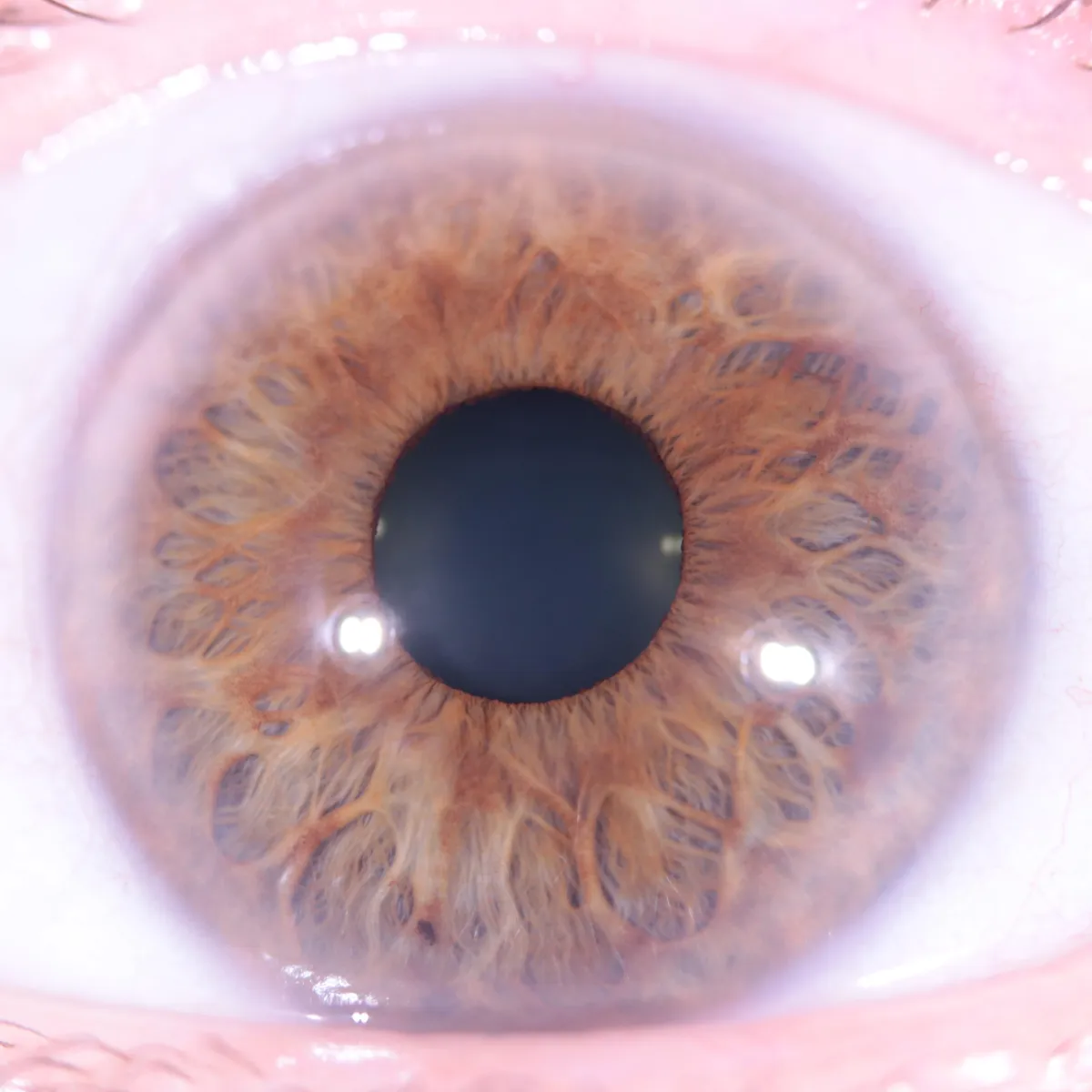
benefits of iridology
There are many benefits to using this natural science of iridology. Here are just a few of them.

Reveal Nutritional & Chemical Predispositions
Which elements is a person more likely to need more of and why?
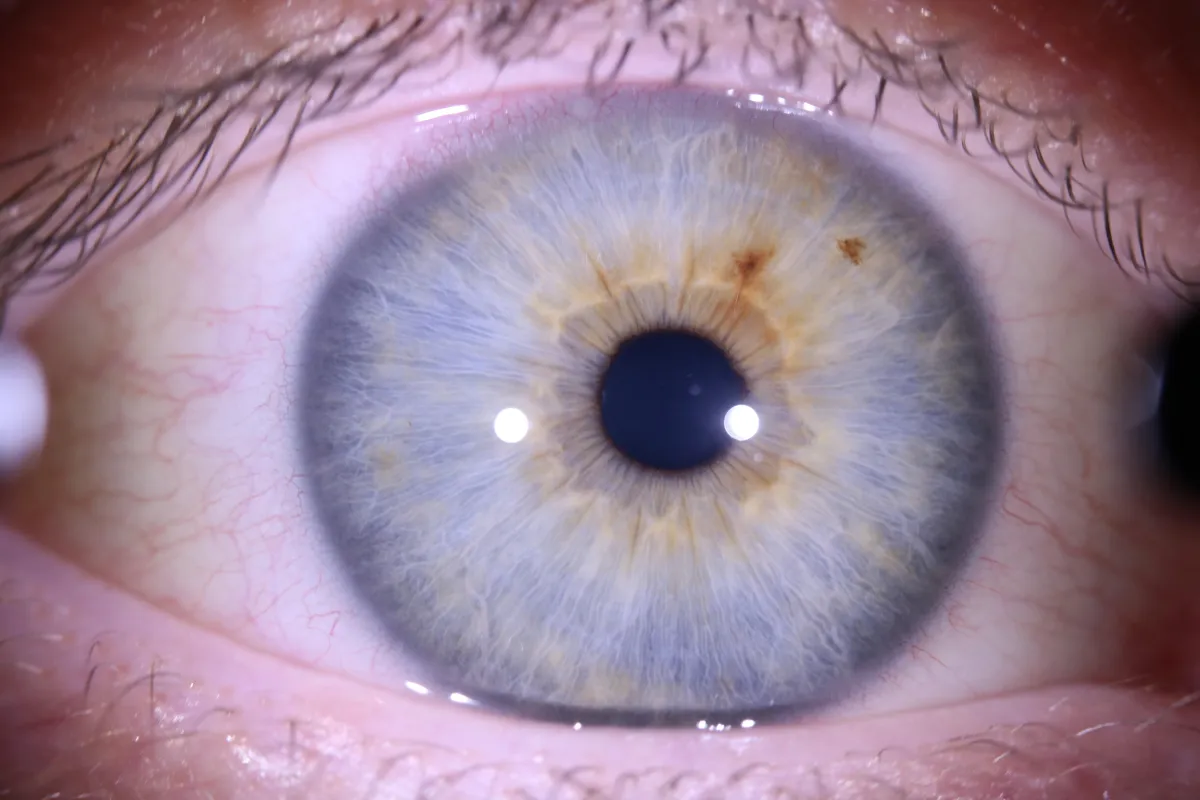
Reveal Tendencies To Acid Imbalance In The Body
Maintaining a health acid-alkaline balance is critical to good health.

Increased Understanding Of How Each Body Heals
Assists practitioners in selecting the most effective recommendations to make.

Reveal The Whole Body As A Unified Structure
Allows for an holistic approach to wellness.
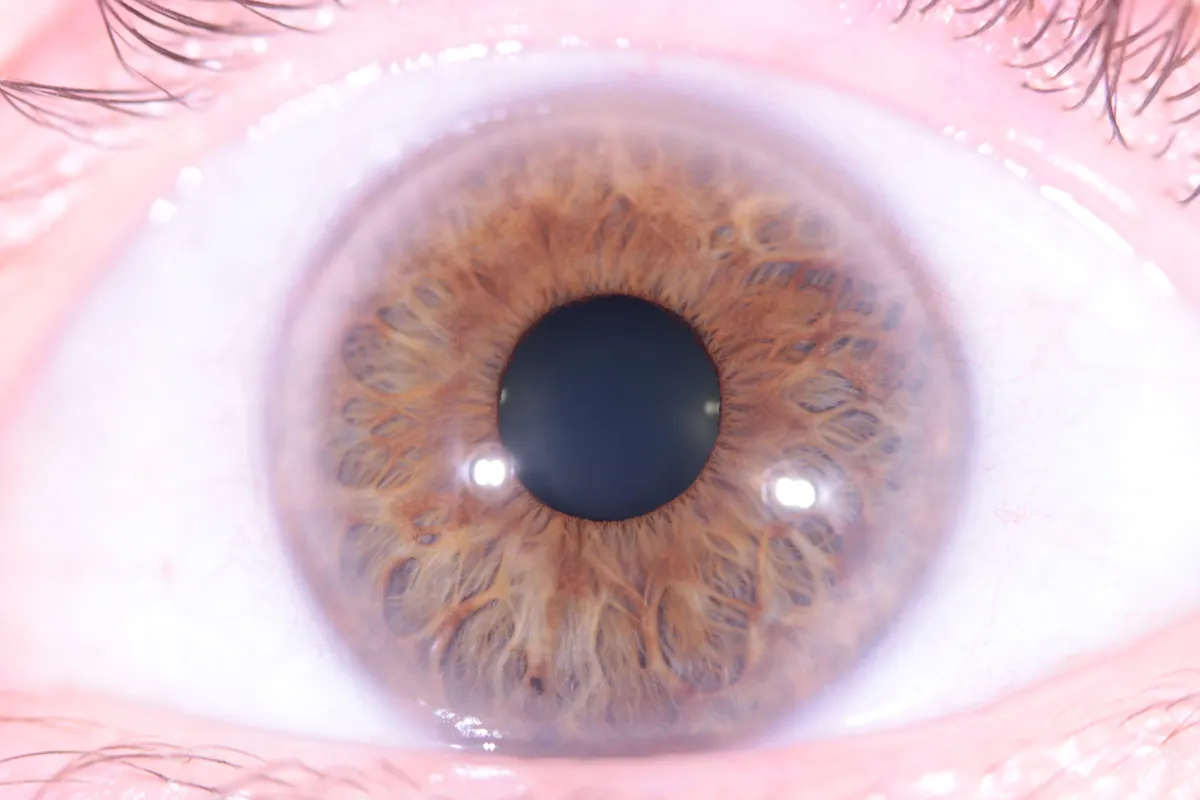
Reveal Constitutional Resilience
...and interconnectedness of the body.
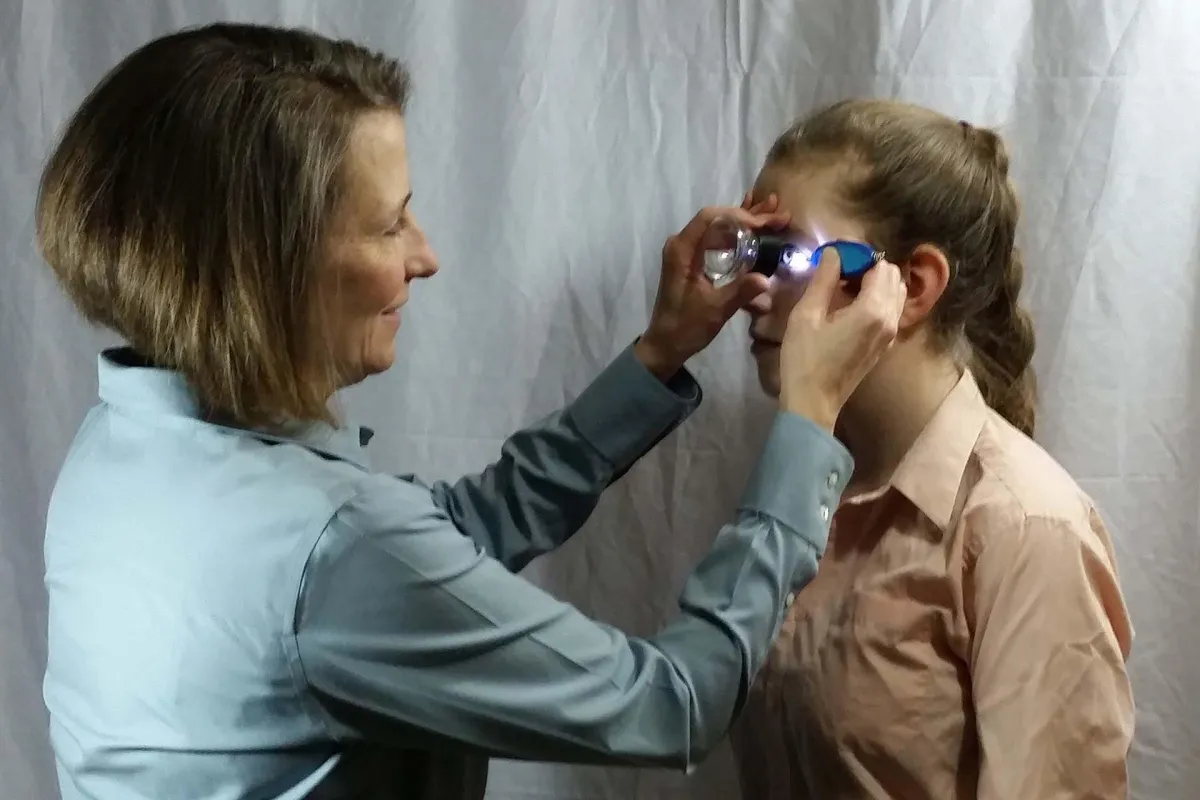
100% Safe & Non-invasive ~ Can be used with all ages
Simple to do, safe and quick.
ABOUT THIS COURSE
Dynamic Iridology Assessment System For Holistic Health Professionals
Learning Iridology is a big commitment. To learn it well takes time, patience, a good
teacher, and an astute student - like you!
In This Course You will Learn:
How the iris knows about the inherent predisposition of every organ in the body as well as tendencies to inflammation and insufficient functioning
The history and development of iris analysis with regard to health and the roots of disease
Common signs and markings found in the iris, and how they work together to teach us what questions to ask the client
How to detect areas that have a predisposition to reduced function years before an symptoms develop
Constitutional types found in the iris; what their characteristic inherent strengths and weaknesses are
Markings that give insight into emotional, psychological, and physical wellness
How to identify and analyze the three foundational constitutional types, six constitutional subtypes, and four structural subtypes
To identify personality traits according to iris patterns and markings
And much, much more...
CHECK OUT SOME COURSE GRADUATE TESTIMONIALS




ABOUT ME
I'm Judith Cobb
I’m a Master Herbalist, Natural Nutrition Clinical Practitioner, Level 3 IIPA-Certified Comprehensive Iridology Instructor with over 40 years of clinical experience and close to 40 years of experience mentoring and teaching holistic practitioners.
It took me nearly 10 years to realize that what I thought was ‘excellent client care’, practicing out-dated iridology, doing things the way I had been taught in all of my nutrition and herbal training, was actually not helping my clients and was hurting my business.
I was spending my own time, unpaid, creating their programs.
And that meant I was overwhelming my clients and they weren’t able to stick with the programs, so they didn't become long term repeat clients.
I was hindering their wellness journey and feeling frustrated with constantly having to find so many new clients all the time. Yikes!
Then I learned Constitutional Iridology and figured out how to use it to help me create client protocols right in my client sessions – no more unpaid homework for me!
And because I was lasering in on the baby steps my clients needed to do right now, they were not getting overwhelmed; they were seeing massive success and kept coming back to let me coach them. Many of those clients are still with me more than 35 years later!
JUDITH COBB'S CREDENTIALS & TRAINING
Why Should You Study With Judith Cobb?
I've been a holistic practitioner since 1982. I've got lots of years of experience, made lots of mistakes in business, and I know how to guide you through adding iridology to your skillset to enhance your business and help you free up personal time
I am a Certified Iridologist (IAHNS, IIPA) and a Level 3 Certified Iridology Instructor (IIPA). I love teaching and have been told I have a great way of taking the complex and making it simple
I have studied under 8 different teachers and continue to study - there's always something new to learn
I am a Master Herbalist, Natural Nutrition Consulting Practitioner (CANNP), and Holistic Nutrition Consultant (CAHNPro) - I can help you connect nutrition and supplements to iridology for a well-balanced approach
I teach herbology and nutrition at a basic level inside the Dynamic Iridology course. Other schools teach each subject as stand-alone courses and leave it up to the student to figure out how to integrate them.
I believe in small class sizes. I want to know, personally, that you have learned what I taught
I have many different learning resources in place to support your learning style - from video recordings to PDF handouts to live mentoring via zoom
I've been teaching holistic health workshops and courses since 1986 and have been told that my passion for teaching ignites student enthusiasm for learning
Your learning will be fast-paced, but not so fast that you get lost or overwhelmed. It is important to have some time between modules to practice what you've learned
Tuition is listed and charged in Canadian Dollars. If you're in Canada or anywhere else outside the US, you'll love that you don't pay in $US, and if you're in the USA you'll love that the conversion from $CAN to $US will make your tuition look like it's 25% less!
FREQUENTLY ASKED QUESTIONS
Everything you need to know about iridology
How does the iris illustrate the whole body?
The iris illustrates the whole person, including the whole body and the whole mind. Individual traits are identified at two levels, static and dynamic. The static traits are the constitutional qualities as shown by the overall structure and color of the iris, and the dynamic traits are indicated by small changes in the iris during the person's life. Dynamic iris traits are primarily localized color change due to pigmentation buildup. The iris is like a chalkboard which does not get erased. Typically the human iris starts out with a clear blue color and soon becomes brown in the more melanized individual or remains blue in the less melanized one. During subsequent life, color is slowly added to the iris via melanogenesis. The color may be added in spots or in diffuse patterns, it is a cumulative process, and much of the pigmentation takes place in the first decade of life. The way that color is added via selective melanogenesis to the iris one is born with, is like a unique signature applied throughout life to one's own custom watermarked letterhead.
What are some limitations of iridology?
Iridologists are not permitted to diagnose or prescribe. Irides to not give us disease names or treatment protocols. Instead, when we understand what we're seeing in the irides we understand what questions we need to ask to get the best information to select the best recommendations for each individual client.When we combine what we see in the irides with the client's symptoms, we get an even deeper understanding of the questions we need to ask and the recommendations can make.
What is the clinical usefulness of iridology?
When we combine an iris assessment with the symptoms, diet, lifestyle, and stress patterns a client has we are able to understand why they have the health concerns they do. Letting the eyes teach us what questions to ask of the client helps us draw out details that inform our program recommendations.
How is Iridology applied in a health consultation?
An iridologist will usually examine the iris by direct view with an illuminated magnifier, or acquire a photographic image of the iris on the client's initial visit.
The iridologist will assess the lay of the fibers (if they are visible), as well as any other pigments that may be on the iris. These markings guide the conversation and questions and the iridologist combines all of the information gathered to create health-promoting recommendations.
Is iridology legally recognized?
In Europe, especially in Germany, iridology is well recognized and routinely used by natural medicine practitioners.
It is also recognized in the Philippines as an approved assessment tool. Iridology operates in more of a gray area in North America where there are no laws defining or regulating the practice as long as one does not claim to be able to diagnose or prescribe based on the iridology findings. Diagnosing and prescribing could be construed as practicing medicine without a license in many countries.
Becoming certified through the International Iridology Practitioners Association (IIPA) is a vehicle through which all people who are searching for a modern, research-based education in Iridology can meet or exceed their goals.
Why should I become certified by IIPA?
Iridology has no official standards of practice. Anyone can call themselves an Iridologist, often with little training or experience. There are also significant differences in the Iridology information being taught, especially in North America.
Certification by IIPA identifies you as having attained the highest level of education available in the field and sets you apart. Clients will choose you because they know that you have received an excellent education and have met these certification requirements.
SMALL COHORTS - LIMITED NUMBER OF STUDENTS ACCEPTED PER COURSE
If You Want to Learn Iridology
For Professional Use,
you've come to the right place.
Next course start date is Feb 27, 2025
This course includes loads of live and online learning materials, including videos and a downloadable textbook.
Iridology lends itself well to online learning as many of our students have attested to.
Iridology can be integrated with many other holistic and natural health modalities.


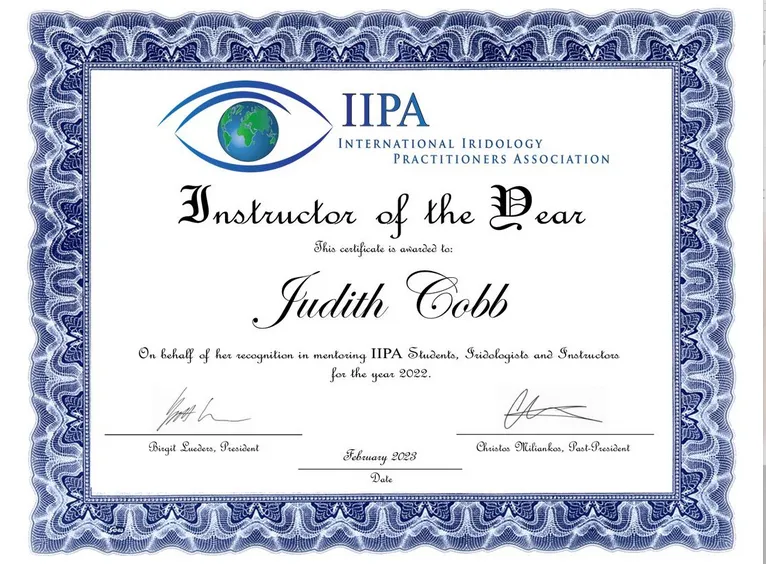
© 2024 and beyond, Iridology Education. All rights reserved.
Reach us by email: [email protected]
Reach us by phone: 1-403-850-5503
